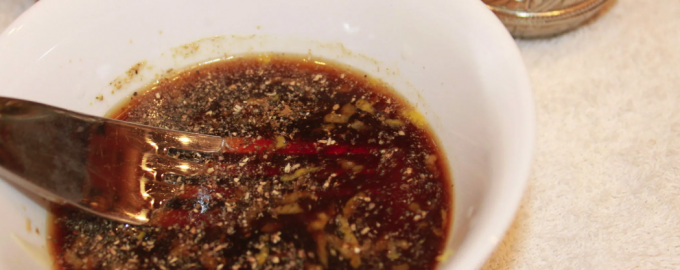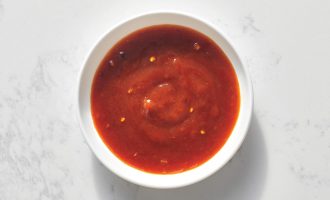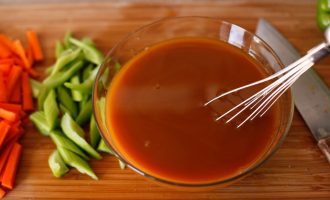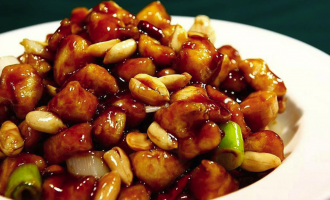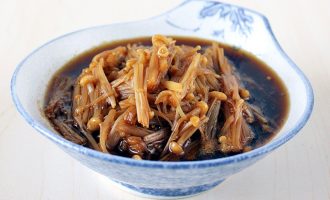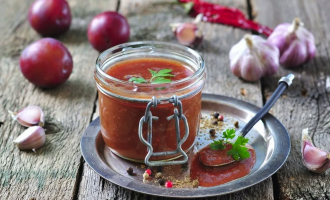Ingredients
- 100g Chinkiang vinegar
- 50g soy sauce
- 30g sugar
- 1 garlic clove, minced
- 1 teaspoon sesame oil
- 1 teaspoon cornstarch
- 1 tablespoon water
Per serving
Calories: 18 kcal
Proteins: 0.1 g
Carbohydrates: 3.9 g
Method
-
In a small bowl, combine the cornstarch and water, and set it aside.
-
In a saucepan, add the Chinkiang vinegar, soy sauce, sugar, minced garlic, and sesame oil. Mix well.
-
Place the saucepan over medium heat and bring the mixture to a simmer, stirring occasionally.
-
Once the sauce is simmering, give the cornstarch-water mixture a quick stir and then pour it into the saucepan.
-
Stir continuously until the sauce thickens to your desired consistency.
-
Remove the sauce from the heat and let it cool down.
Chinkiang vinegar sauce is incredibly versatile and can be served with a variety of dishes. It pairs well with stir-fried vegetables, tofu, noodles, dumplings, and seafood dishes. It can also be used as a dipping sauce or a marinade.
Chinkiang vinegar sauce is a popular Chinese sauce that adds a tangy and slightly sweet flavor to dishes. It is known for its dark color and distinct aroma. The combination of Chinkiang vinegar, soy sauce, and other ingredients creates a balanced and flavorful sauce that enhances the taste of various dishes.
Facts about the sauce:
- Chinkiang vinegar, also known as Zhenjiang vinegar, is a type of black rice vinegar that originates from the city of Zhenjiang in China.
- It is made from glutinous rice and aged for a period of time, resulting in a dark, mellow vinegar with a rich flavor.
- Chinkiang vinegar is often used in Chinese cuisine for its unique taste and ability to enhance the flavors of dishes.
- The sauce’s acidity and umami notes make it a popular choice for balancing flavors in stir-fries, marinades, and dressings.
- Chinkiang vinegar is also believed to have health benefits, including aiding digestion and promoting blood circulation.

